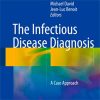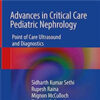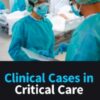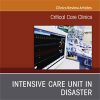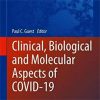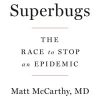PEM Playbook – Pediatric Pain
emdocs.netPain is multifactorial: it is comprised of physical, psychological, emotional, cultural, and contextual features. In children often the predominant feature may not be initially apparent. Although clinicians may focus on the physical component of pain, much time, energy, and suffering can be saved through a holistic approach. What is the age and developmental stage of the child? How is the child reacting to his condition? What are the circumstances? What is the family or caregiver dynamic?
In pediatric acute pain, know the child; know the family; and know the physiology.
Use your observational skills enhanced with collateral information to assess and reassess for pain in children.
Treat pediatric pain well and often. Failure to address the child’s pain has long-lasting consequences.
Non-pharmacologic treatments for all, pharmacologic treatments for many. A multi-modal approach is the most effective.
Neonates, infants and toddlers, and school-aged children and adolescents exhibit specific physiology in expression of pain and in response to treatment. Tailor your regimen to your young patient’s physiologic pitfalls and needs.


